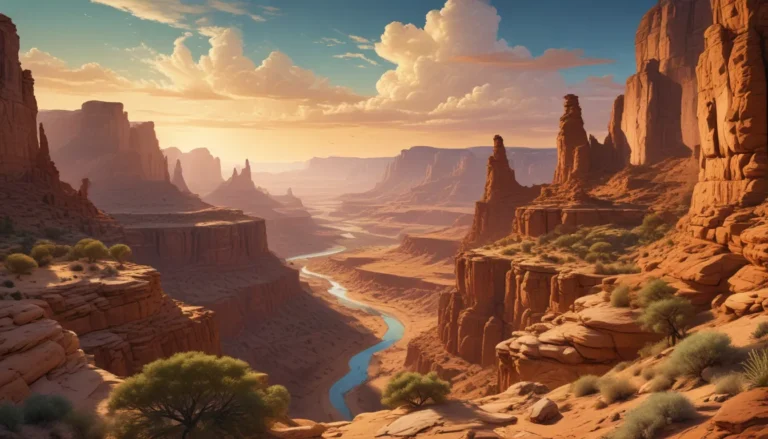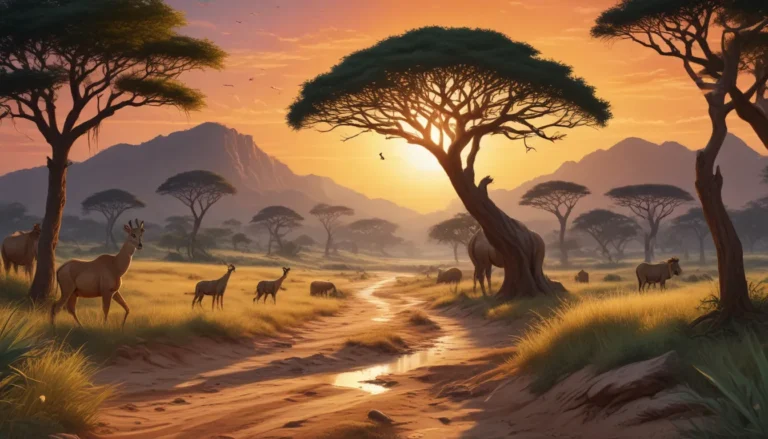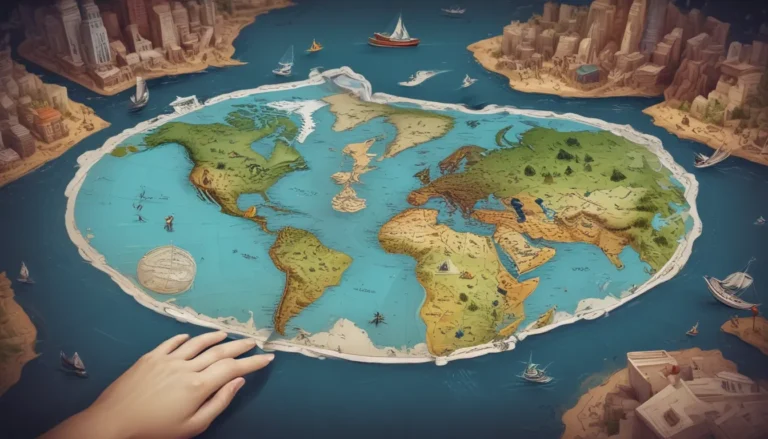A Note About Images: The images used in our articles are for illustration purposes only and may not exactly match the content. They are meant to engage readers, but the text should be relied upon for accurate information.
Welcome to the wonderful world of the water cycle, a fundamental process that sustains life on our planet and shapes our environment in remarkable ways. From the mesmerizing dance of water droplets in the sky to the gentle flow of rivers and streams, the water cycle serves as a vital force driving the dynamics of Earth’s ecosystems. Join us as we delve into the fascinating realm of water cycle facts, unveiling the mysteries and marvels of this essential natural process.
Unveiling the Essentials of the Water Cycle
The water cycle, also known as the hydrologic cycle, is a complex system of interconnected processes that ensure the continuous movement of water on Earth. Let’s explore some key facts that shed light on the intricacies of this critical cycle:
- The water cycle comprises various stages, including condensation, infiltration, runoff, evaporation, precipitation, and transpiration. Each stage plays a crucial role in the overall cycle, contributing to the movement and distribution of water across the planet.
- A striking fact about the water cycle is that only 3% of the water involved is freshwater, while the remaining percentage is saltwater found in oceans and seas.
- Unlike many resources that can be artificially produced, water is a non-renewable resource that cannot be created by human intervention. This emphasizes the importance of conserving and managing water resources wisely.
- The sun serves as the primary driving force behind the water cycle, providing the energy needed to fuel the various processes that occur within the cycle.
- Changes in the state of the water cycle can have significant impacts on the energy balance in the atmosphere, influencing weather patterns and climate dynamics.
- Aquifers, underground chambers that store water, play a vital role in maintaining groundwater reserves and providing a sustainable source of water for various purposes.
- Water is stored not only in the earth’s surface but also in ice caps, glaciers, and other forms, serving as essential reservoirs for freshwater resources.
- Contrary to common misconceptions, the water cycle is not an infinite resource; it is a finite system with limitations on the availability of water.
- The chemical composition of water in the cycle consists of two elements, hydrogen and oxygen, forming the iconic H2O molecule that we all recognize.
Unraveling the Intriguing Aspects of the Water Cycle
Delve deeper into the captivating world of the water cycle with these interesting facts that showcase the diversity and complexity of this essential natural process:
- The water cycle plays a crucial role in regulating Earth’s temperature, helping to maintain climatic balance and supporting the planet’s biodiversity.
- Human activities, including the use of chemicals and pollutants, can impact the water cycle, affecting its quality and sustainability.
- Water exists in multiple states throughout the water cycle, transitioning between liquid, solid (ice), and gas (vapor) forms depending on environmental conditions.
- Changes in climate patterns can lead to alterations in the water cycle, influencing precipitation patterns, evaporation rates, and overall water distribution.
- You can observe the principles of the water cycle in action by creating your own mini water cycle experiment, demonstrating the fascinating processes of evaporation, condensation, and precipitation in a simple and engaging manner.
Uncovering Surprising Water Cycle Trivia
Explore some intriguing and lesser-known facts about the water cycle that offer a fresh perspective on this essential natural phenomenon:
- The water cycling through our planet may have ancient origins, with some water molecules potentially tracing back to prehistoric times when dinosaurs roamed the Earth.
- It is possible that the water we drink today is the same water that once quenched the thirst of ancient creatures, highlighting the interconnectedness and continuity of the water cycle.
- Despite the vast quantities of water involved in the cycle, only a small percentage is considered usable for human consumption, emphasizing the importance of water conservation and management.
- Just like humans, plants also participate in the water cycle through the process of transpiration, releasing water vapor into the atmosphere and contributing to cloud formation and precipitation.
- The water cycle plays a vital role in various industries, including agriculture and food production, with every everyday item like a loaf of bread requiring substantial amounts of water for cultivation and processing.
As you journey through the enchanting realm of the water cycle, remember that each drop of water you encounter carries a story of resilience, interconnectedness, and sustainability. Embrace the wonders of nature’s complex systems and appreciate the beauty of the water cycle that sustains life on our precious planet.
Immerse yourself in the wonders of the water cycle and explore its fascinating intricacies with us. Join our community of curious minds as we unravel the mysteries of nature’s eternal dance of water. Trust in our dedication to providing accurate and engaging content, crafted with care and passion for knowledge. Let’s embark on a journey of discovery together, celebrating the beauty and complexity of the water cycle that shapes our world.






